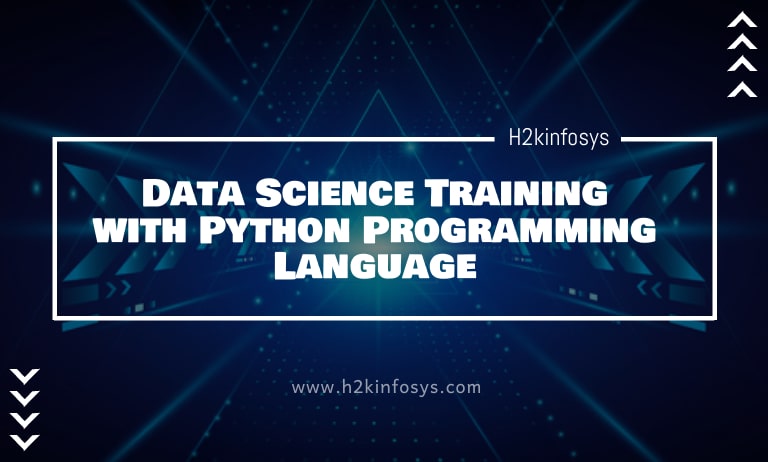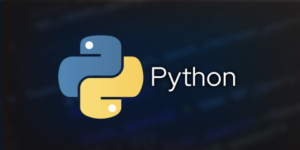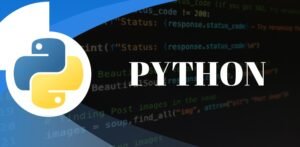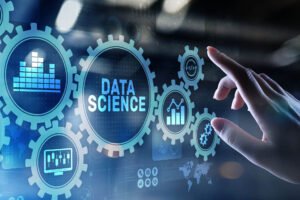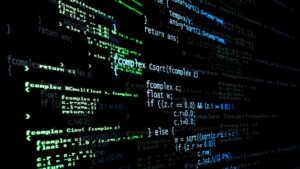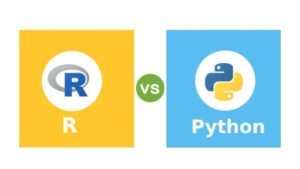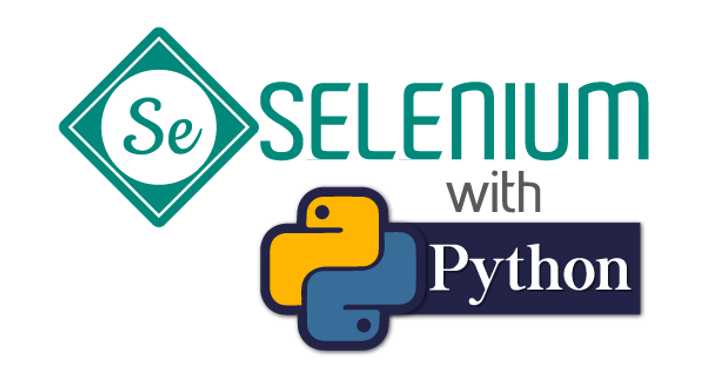Python is now necessary for a successful career in the field of data science. But this was not the case even a few years ago when R used to rule the first choice of programming language for professional analytics. The demand for data scientists is growing exponentially all over the world and now you can learn data science from home with a data scientist course online. Self-learning Python is also attainable for data science and we will show you how you should go about the process.
How to Have Data Science Training with Python
Step 1: Learn the fundamentals of Python
For beginners, this is the most crucial step. When you will have a clear idea about the basics, you will be able to solve problems in near future with a better understanding. But do not forget that you will also need an introduction to data science in this initial stage.
You can sign up for online-based Python and data science programs. But it is important to make sure that your journey to becoming a data scientist does not get confusing and boring that could make you throw in the towel after a few weeks. You can join a community where other beginners and advanced learners will be available with whom you can share your problems and learn something new every day.
For this purpose, you can sign up for Kaggle, take part in different data science leaner communities available online, or join your local Meetup group.
Step 2: Practice small Python projects
Hands-on learning always beats other forms of learning. With real-life practice problems, you will learn Python for data science in a fun and creative way. You can program things like a calculator for a game or a program to fetch weather report from Google. You will have the option to build simple apps and games to get yourself familiarized with the functioning of Python.
Another vital factor here is continuous reading to find solutions for the challenges you will be facing on a regular basis. Read blog posts, guidebooks, articles, and open source codes from other Python programmers to get concepts.
Step 3: Go through Python libraries for data science
There are many libraries you can check out but the best ones for data science are Matplotlib, Pandas, and NumPy. NumPy makes different types of statistical and mathematical operations much easier while Pandas is there for simplifying data processing. On the other hand, Matplotlib is all about visualization that allows you to learn how to quickly and easily generate charts. There is also the Scikit-learn library that specializes in machine learning projects in Python.
Step 4: Build your data science portfolio
A portfolio is necessary for any aspiring data scientist. To build your own, you should include projects with various datasets. One example is the data cleaning project where you will analyze and clean up unstructured or dirty data. Another is the data visualization project where you will be making attractive and easy-to-follow visuals for more impact. You may also opt for machine learning projects on various popular platforms.
Step 5: Try out advanced data science methods
When you think you have sharpened your skill to some extent, you can take an advanced course to get familiar with classification, regression, and k-means clustering. You can work on advanced machine learning projects as well, including bootstrapping models or creating neural networks with Scikit-learn.
To conclude, you will need a programming language like Python in every step of your journey towards becoming a competent data scientist. So, you need a good grasp of this programming language to shine in your field.
